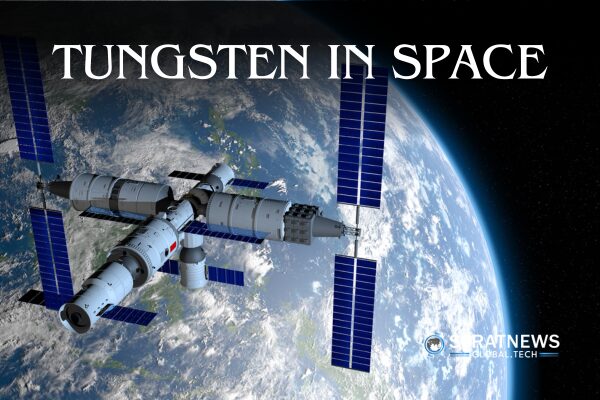Tiangong Space Station Breaks Record in Tungsten Alloy Experiment
Astronauts aboard China’s Tiangong space station have set a new benchmark in space materials science. In a groundbreaking experiment, they successfully heated tungsten alloy to over 3,100 degrees Celsius, working closely with ground-based researchers.
Space-Based Research Achieves Record-High Temperatures
This experiment, conducted in coordination with the Chinese Academy of Sciences’ space application system, is part of a broader scientific initiative. Since the start of the year, 58 research and application projects have been carried out in orbit, marking notable advancements.
The tungsten heating experiment was led by scientists from the School of Physical Science and Technology at Northwestern Polytechnical University. The team first designed and tested the experiment on Earth using an electrostatic levitation device. This technology counteracts gravity using electric force, keeping the material suspended without contact. The same system was then adapted for use on the space station.
Why Tungsten in Space?
Professor Hu Liang explained the benefits of conducting such tests in microgravity. In space, melted tungsten naturally forms a perfect sphere, which helps researchers analyse its physical and chemical traits with greater accuracy.
Moreover, creating tungsten alloys in space solves a key issue found on Earth. Tungsten’s high density often leads to uneven alloy structures, as heavier elements sink. However, in microgravity, the resulting material is much more uniform. This uniformity significantly improves alloy performance, especially in demanding environments.
Tungsten holds the record for the highest known melting point at 3,412 degrees Celsius. Its extreme heat resistance makes it valuable in sectors like nuclear fusion and aerospace.
A Leap Forward in Material Science
Using the space station’s advanced containerless experiment cabinet, the team heated tungsten alloy beyond 3,100 degrees Celsius—setting a new world record for in-space experiments of this kind. The cabinet keeps materials suspended during testing, preventing distortion caused by contact with container surfaces.
According to Professor Hu, the results validate the strength of China’s homegrown space materials technology. The successful heating of tungsten alloy provides essential data for improving next-generation materials. This progress is expected to benefit both nuclear industry applications and high-temperature aerospace technologies.
with inputs from Reuters


